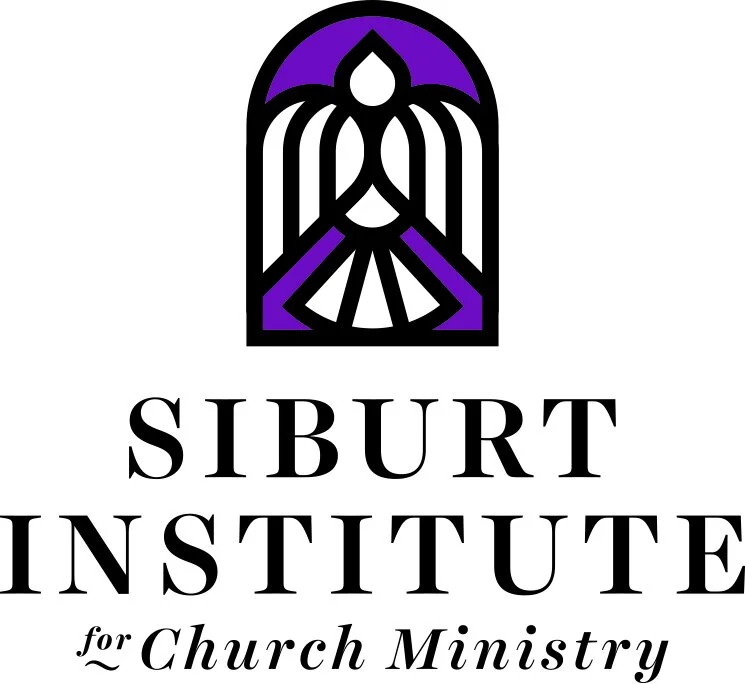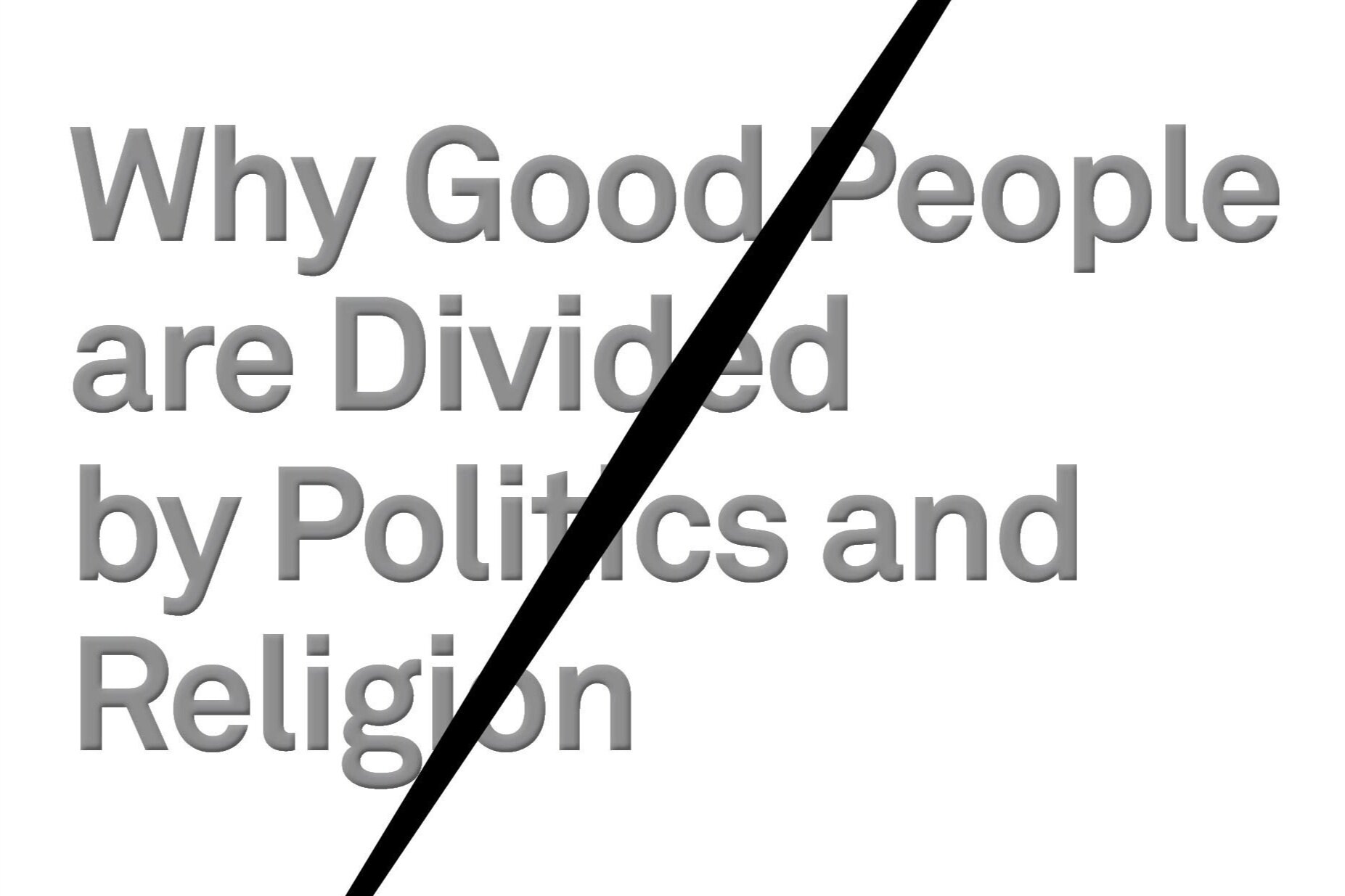Church in the Time of COVID-19: Findings From a National Survey (Part 1)
In March 2020, most churches had to find new ways to offer worship services, hold small groups, and meet the spiritual needs of their members while observing social distancing orders and recommendations for preventing the spread of COVID-19. At the end of April, some states began talking about reopening and lifting orders around group gatherings. In early May, I ran a short survey through SurveyMonkey that reached 1,909 people, and 1,449 of these respondents attended church at least sometimes prior to the pandemic.
In a series of articles here on Mosaic, I’ll share with you some of the key findings from the survey. In this first article, we’ll focus on some of the basic demographics of who took the survey and their responses to 10 key questions about their feelings toward returning to church.
So who responded to this survey?
The average age of respondents is 45 years old; all 50 states and the District of Columbia are represented. Just over half (60%) of respondents are female. This is a well-educated group of respondents, with over 50% having a college degree or higher. Most of the respondents are employed either full- or part-time (57.3%) with 13.3% of respondents not employed due to COVID-19. Over half of the respondents are married (53%). In terms of race and ethnicity, 77% of respondents are white, nearly 9% are Black or African-American, and 7% are Asian.
The average church size is 101-250 people on a typical weekend. Catholics represent 22.8% of the sample, the highest Protestant group is non-denominational (10%), and 7.3% of the sample are from Churches of Christ. Among respondents, 11.4% have only been attending their congregation for a year or less, while 35% have been attending for 20 years or more. In terms of church attendance prior to the start of the pandemic, about 18% seldom attended church, another 17% attended a few times a year, and close to 50% of respondents say they attended weekly or more than once a week prior to the pandemic.
There were ten primary questions that asked respondents how strongly they agreed with the statements below. Here I’ll share each statement along with the key findings.
Dealing with the social distancing, isolation, and limitations of the current COVID-19 pandemic has been very difficult for me. The majority of respondents (52.1%) agreed or strongly agreed with the statement, with a little more than a quarter (27.1%) disagreeing or strongly disagreeing.
My congregation has done an excellent job of connecting with and encouraging members over the past few weeks. Nearly two-thirds (65.2%) of respondents agree or strongly agree, with fewer than 8% of respondents saying they disagree or strongly disagree.
I am looking forward to the time when I can gather with my church family again in smaller gatherings. Over two-thirds (68%) of people either agree or strongly agree statement, and only 8% of respondents disagree or strongly disagree.
I am looking forward to the time when I can gather with my church family again in larger gatherings. Similar to small gatherings, 65.7% of people agree with this statement about larger gatherings.
I feel anxious about attending small groups when we get the “all clear” signal from civic authorities. In addition to asking about what they were looking forward to, I asked them to respond to this statement, which is almost the inverse. More than half (52%) of respondents agree or strongly agree that they are anxious about getting together in small groups even after being given the “all clear.”
I feel anxious about attending larger worship services when we get the “all clear” signal from civic authorities. Similarly, nearly 60% of respondents agree or strongly agree, while 18% are neutral and 22% disagree or strongly disagree.
As we make preparations for public gatherings in the future, the clearer my church can be about expectations, boundaries, and appropriate behavior the better. The overwhelming majority of respondents (77.4%) agree or strongly agree with this statement; only 5% disagree or strongly disagree.
I don’t think we need to make many special arrangements or plans for ramping up worship services again at my church… just get back to business as usual. About a quarter of respondents agree, while over half (52.8%) disagree or strongly disagree with the statement.
The idea of standing in a church foyer with people all around me, wanting to shake hands and hug, makes me feel uncomfortable. 58.7% of respondents agree or strongly agree, while only 20% disagree or strongly disagree.
We must find a different way to participate in some activities (such as share the Lord’s Supper, collecting the offering, performing a baptism, etc.) in light of the COVID-19 pandemic. Lastly, nearly two-thirds (65.6%) of respondents agree or strongly agree with this statement.
I hope this overview gives you some sense of how the average churchgoer felt about dealing with the pandemic and how they felt about returning to in-person church gatherings. Given the recent rise in COVID-19 cases across the country since states have initiated reopening, I hope to conduct a follow-up study soon. Until then, I’ll share a few more articles about things that make a difference in how people feel, as well as things churches have been doing to connect with their congregants.
Related Resources
Intersection video or audio: “Congregational Response to COVID-19”
Summer Seminar video: “Impact of COVID-19 on Churches” (also featuring Renee Paul)








